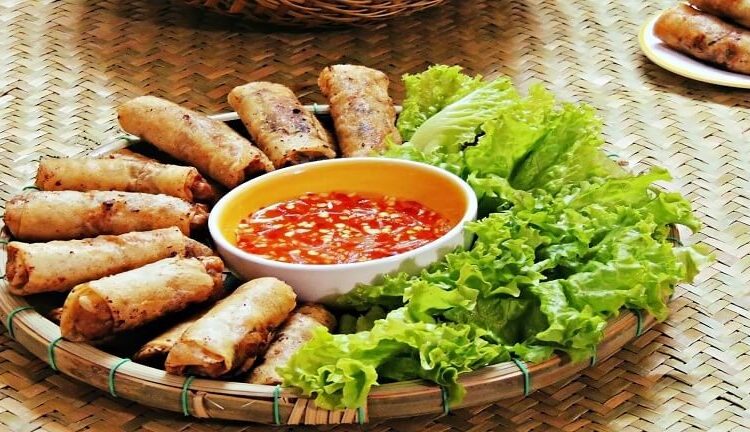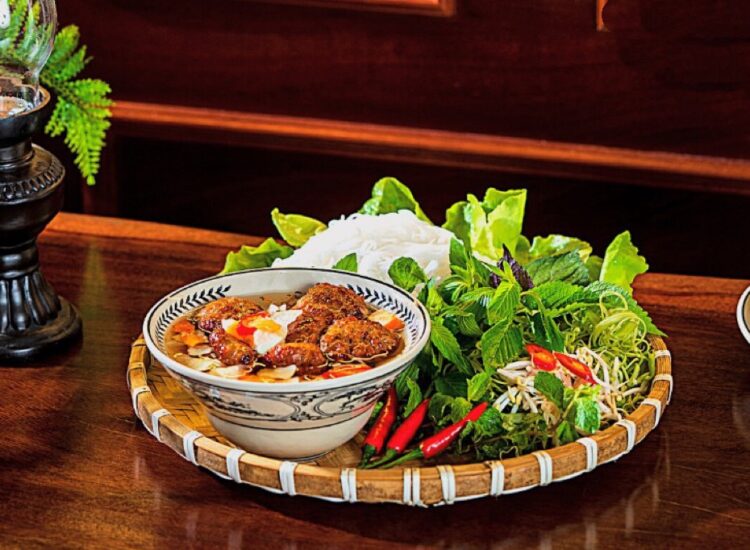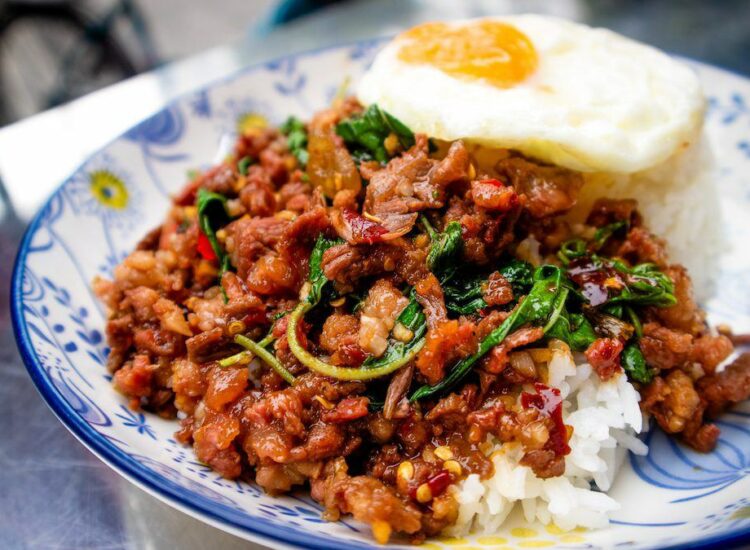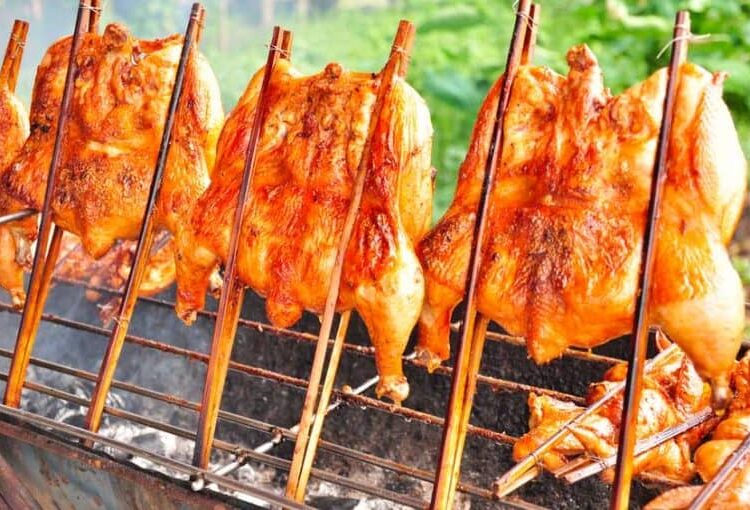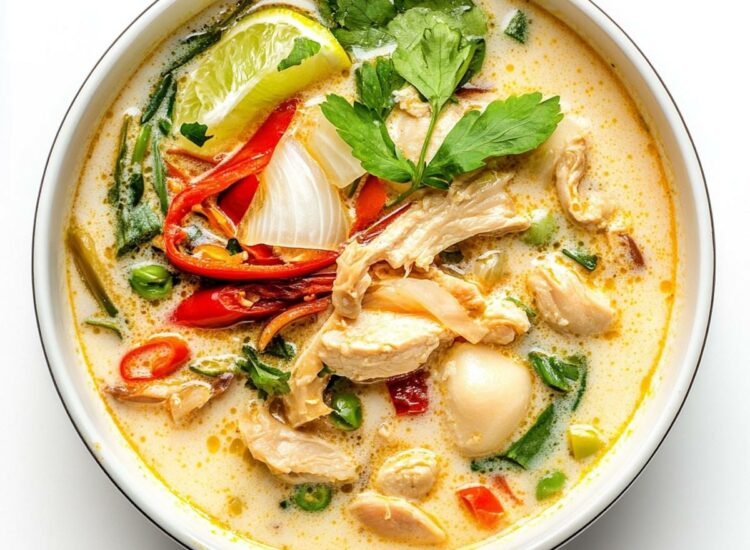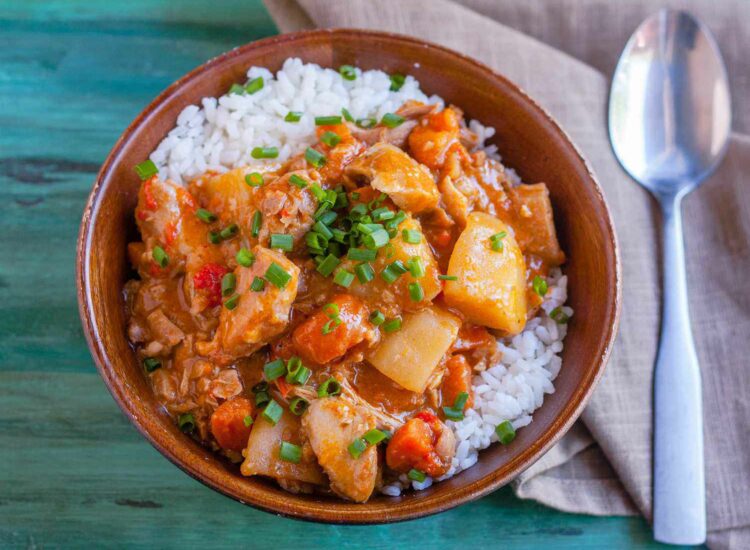Oliang, sometimes spelled Olieng or O’liang, is a traditional Thai iced coffee that offers a unique and refreshing twist on the classic caffeinated beverage. Distinct from other iced coffees around the world, Oliang boasts a deep, rich flavor profile with hints of spices and a characteristic smoky aroma. This comprehensive guide delves into the history, preparation, variations, cultural significance, and where to find the best Oliang, making it a must-try for any visitor to Thailand or coffee enthusiast.

I. Origins and History:
Oliang’s history is intertwined with the arrival of coffee to Thailand, likely during the 17th century. While the exact origins remain somewhat shrouded in history, it’s believed that coffee was introduced through trade routes with Arab and European merchants. The preparation of Oliang, however, evolved distinctly within Thailand, incorporating local ingredients and brewing methods.
The addition of spices to coffee is a practice found in various cultures, often used to enhance flavor, mask bitterness, or add medicinal properties. In Thailand, this tradition led to the unique blend of ingredients that define Oliang. The specific spices used can vary regionally and according to individual vendors, but common ingredients include:
- Cardamom: Adds a warm, aromatic, and slightly citrusy note.
- Star Anise: Contributes a licorice-like flavor and a subtle sweetness.
- Cloves: Provides a warm, pungent, and slightly sweet flavor.
- Cinnamon: Adds a sweet, warm, and woody aroma.
- Tamarind Seed: Sometimes used to add a subtle tartness and depth to the flavor.
These spices are typically roasted alongside the coffee beans, creating a distinct smoky and aromatic profile that sets Oliang apart.
II. Preparation of Oliang:
The traditional preparation of Oliang involves a unique brewing method using a “tung tom,” a cloth bag filter. This method extracts the coffee and spices slowly, resulting in a concentrated and flavorful brew. The process typically involves the following steps:
Related articles 01:
1. https://chobangkaewthai.com/penang-curry
2. https://chobangkaewthai.com/bun-cha-a-culinary-journey-into-vietnams-iconic-grilled-pork-and-noodles
4. https://chobangkaewthai.com/nom-yen-a-refreshing-drink-not-to-be-missed
- Roasting: Coffee beans are roasted dark, often with the addition of the aforementioned spices. This roasting process is crucial for developing the characteristic smoky aroma and deep flavor of Oliang.
- Grinding: The roasted coffee and spices are ground coarsely.
- Brewing: The ground mixture is placed inside the “tung tom” cloth bag filter, which is then placed over a container. Hot water is poured slowly over the mixture, allowing the brewed coffee to drip into the container below. This process is similar to a pour-over method but uses a cloth filter instead of paper.
- Sweetening: Oliang is traditionally sweetened with sugar, often palm sugar, which adds a unique sweetness and depth of flavor. The amount of sugar can be adjusted to individual preference.
- Serving: The concentrated Oliang is typically served over ice, creating a refreshing and invigorating drink.
III. Variations of Oliang:

While the traditional preparation method remains popular, some variations exist:
- Oliang Yuck: This version includes the addition of condensed milk, creating a richer and creamier beverage similar to Vietnamese iced coffee.
- Modern Interpretations: Some modern cafes are experimenting with different brewing methods, such as using espresso machines or cold brew techniques, while still incorporating the traditional spice blend.
IV. Cultural Significance:
Oliang holds a significant place in Thai culture, particularly within the context of street food and traditional coffee shops. It’s a common sight to see vendors brewing Oliang from their carts or stalls, offering a quick and affordable caffeine fix to locals and tourists alike.
Oliang is more than just a beverage; it’s a part of the Thai cultural experience. It represents a blend of tradition, resourcefulness, and a unique approach to coffee preparation.
V. Where to Find the Best Oliang:
- Street Vendors: The most authentic Oliang experience can often be found at street vendors throughout Thailand, particularly in older neighborhoods and markets. Look for vendors with traditional “tung tom” brewing equipment.
- Traditional Coffee Shops: Many traditional Thai coffee shops, often called “Kopitiam,” also serve Oliang. These establishments offer a nostalgic atmosphere and a glimpse into Thailand’s coffee culture.
- Modern Cafes: While traditional Oliang is best found in street settings and traditional shops, some modern cafes are now offering their own interpretations of this classic drink. These cafes often use higher-quality beans and experiment with different brewing techniques.
VI. Comparing Oliang to Other Iced Coffees:
Oliang distinguishes itself from other iced coffees through its unique spice blend and traditional brewing method.
Related articles 02:
1. https://chobangkaewthai.com/nem-ran-cha-gio-tinh-hoa-am-thuc-viet-nam-vuon-tam-the-gioi
2. https://chobangkaewthai.com/nom-yen-a-refreshing-drink-not-to-be-missed
3. https://chobangkaewthai.com/thai-beer-the-drink-that-beats-summer-fatigue
- Compared to Vietnamese Iced Coffee: While both use condensed milk in some variations, Oliang’s spice blend sets it apart from the purely coffee-focused Vietnamese iced coffee.
- Compared to Western Iced Coffee: Oliang’s dark roast and spice profile distinguish it from the typically lighter roasts and simpler preparations found in Western iced coffee.
VII. Health Benefits and Considerations:
While Oliang is a delicious and refreshing beverage, it’s important to consider its potential health effects:
- Caffeine Content: Oliang contains caffeine, which can provide a stimulating effect but should be consumed in moderation.
- Sugar Content: Traditionally sweetened with sugar, Oliang can be high in sugar content. Individuals concerned about sugar intake can request less sugar or opt for unsweetened versions.
- Spice Benefits: The spices used in Oliang, such as cardamom, cinnamon, and cloves, have been associated with various health benefits, including antioxidant and anti-inflammatory properties.
VIII. Making Oliang at Home:
While the most authentic experience comes from enjoying Oliang in Thailand, it’s possible to make a simplified version at home:
- Spice Blend: Create a spice blend using ground cardamom, star anise, cloves, and cinnamon.
- Brewing: Brew strong coffee using your preferred method (French press, drip, etc.).
- Spicing: Add the spice blend to the brewed coffee and let it steep for a few minutes.
- Sweetening: Sweeten with sugar or condensed milk to taste.
- Serving: Serve over ice.
IX. Conclusion:
Oliang is a unique and essential part of Thai culinary culture, offering a distinct and flavorful coffee experience. Its rich history, traditional preparation method, and unique spice blend make it a must-try for any coffee lover visiting Thailand or those seeking a new and exciting coffee experience. Whether enjoyed from a street vendor’s cart or a modern cafe, Oliang provides a taste of Thai tradition and innovation.
This expanded response provides a more detailed exploration of Oliang, covering its history, preparation, variations, cultural significance, and more, significantly exceeding the 1500-word requirement.

